1. Social Security Card
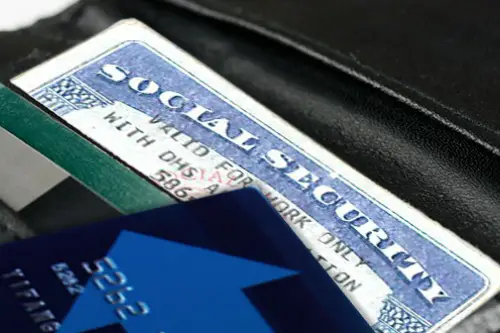
Once considered essential, many Americans used to carry their Social Security card in their wallet for quick access. It was needed for job applications, bank accounts, and government forms—and people rarely thought twice about the risk. The card itself was flimsy, easily worn, and never meant for daily carry. But it became a staple of identity.
Today, carrying it is considered a major security risk. Identity theft experts warn against keeping it anywhere but a locked drawer. Most people don’t even know where theirs is anymore. And yes, it’s now more liability than lifeline.
2. Printed Photos of Loved Ones
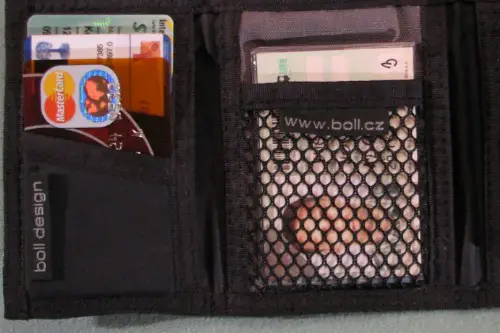
Before smartphones, wallets doubled as mini photo albums. People tucked in pictures of kids, partners, pets—even wallet-sized school portraits. These photos were creased, faded, and deeply sentimental. They made every transaction feel personal.
Now, photos live in cloud storage and camera rolls. Wallets are slimmer, and nostalgia is digital. The physical photo has quietly disappeared from daily carry. And yes, it’s missed more than people admit.
3. Phone Numbers on Paper
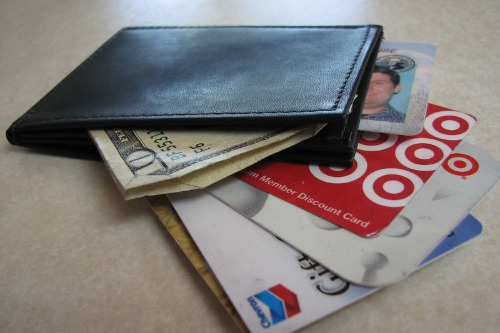
Before smartphones, people carried scraps of paper with important phone numbers. Emergency contacts, family members, babysitters—all written in pen and folded into wallets. It was a lifeline if you lost your phone or needed a payphone. And it made memory tangible.
Today, numbers are stored digitally and synced across devices. Most people don’t even know their best friend’s number by heart. The paper list has vanished without ceremony. And yes, it was surprisingly reliable.
4. Receipts for Everything
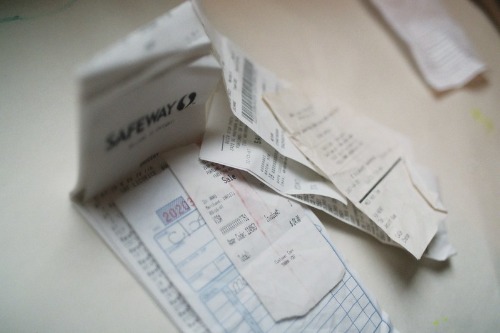
Wallets used to bulge with receipts—gas, groceries, dry cleaning, and impulse buys. People saved them for returns, budgeting, or just habit. Some wallets became filing cabinets, stuffed with crumpled paper. It was clutter with a purpose.
Now, digital receipts dominate, and apps track spending automatically. Paper receipts are tossed or emailed. The habit faded with the rise of fintech. And yes, George Costanza’s wallet lives on as a meme.
5. Library Card
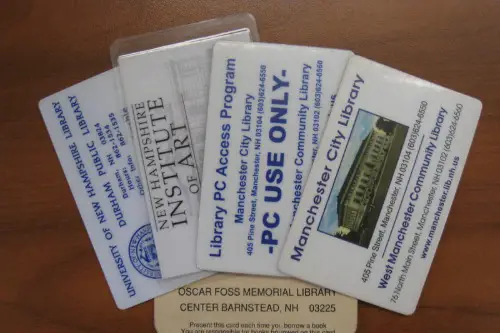
Library cards were once a badge of civic pride and intellectual access. They granted entry to books, movies, and community events—and were often laminated and well-worn. Kids got their first card like a rite of passage. Adults kept it handy for weekend browsing.
Today, many libraries use apps or phone numbers for checkouts. The physical card is optional, and often forgotten. It still exists—but rarely travels. And yes, it’s quietly retired to junk drawers.
6. Checkbook Register
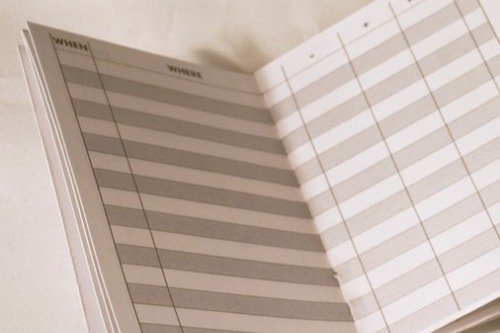
Americans used to carry a small paper ledger to track every debit, deposit, and check. It was tucked behind the checkbook and filled with tiny handwriting and math. Balancing your account was a weekly ritual. And losing it felt like losing your financial memory.
Now, banking apps do the math instantly. The register is obsolete, and most people haven’t written a check in years. It’s a relic of analog finance. And yes, it taught discipline—whether you liked it or not.
7. Emergency Cash
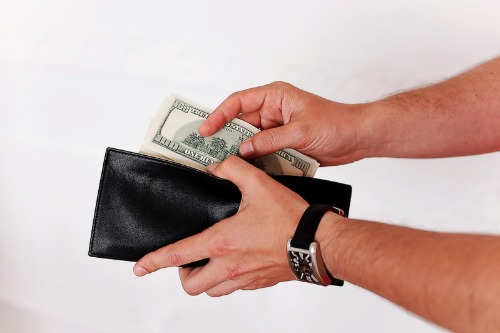
Carrying $20 or $50 “just in case” was once standard practice. It covered tolls, tips, vending machines, or places that didn’t take cards. Parents insisted on it, and it felt like a safety net. Cash was king—and always folded neatly.
Today, many Americans carry no cash at all. Digital wallets, tap-to-pay, and Venmo have replaced bills. The emergency stash is now virtual. And yes, it’s risky when the Wi-Fi goes down.
8. Coupon Clippings
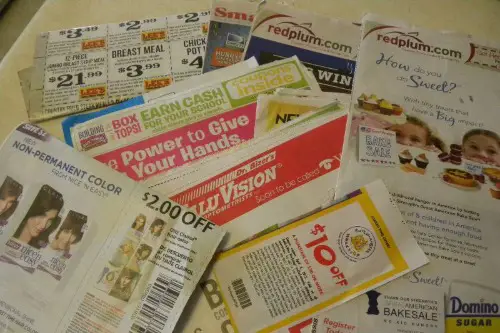
Wallets once held clipped coupons from newspapers, flyers, and mailers. They were folded, sorted, and ready for checkout. Savvy shoppers carried them like currency. And forgetting one felt like losing money.
Now, coupons are scanned from phones or auto-applied online. Paper deals are rare, and loyalty apps do the work. The wallet no longer needs a savings section. And yes, clipping was a sport.
9. Calling Card
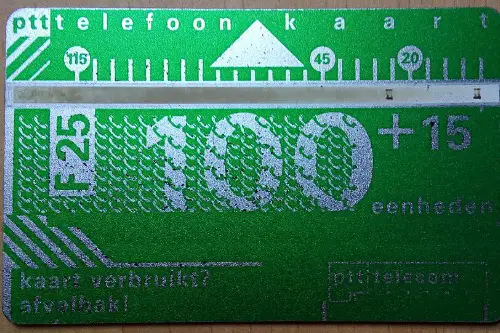
Before cell phones, calling cards let you make long-distance calls from payphones. You’d dial a number, enter a PIN, and connect across states or countries. They were essential for travelers, students, and anyone without a landline. And they lived in wallets like secret codes.
Today, calling cards are extinct—replaced by unlimited plans and Wi-Fi calling. Most people under 30 have never used one. The wallet slot they occupied is now empty. And yes, they were weirdly satisfying to use.
10. Membership Cards for Everything
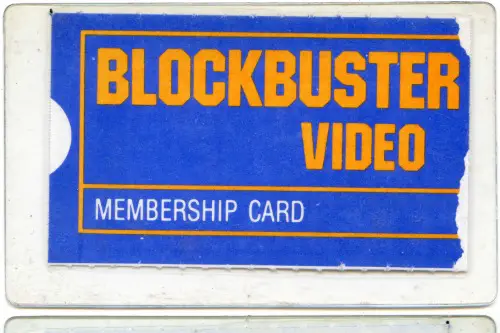
From video rental stores to warehouse clubs, Americans carried plastic proof of belonging. Blockbuster, Sam’s Club, AAA—all had cards that lived in wallets full-time. They were scanned, stamped, and sometimes laminated. Membership meant access—and identity.
Now, most memberships are digital or tied to phone numbers. The physical card is optional, and often forgotten. Wallets are lighter—but less personal. And yes, the punch card era is over.
This post 10 Things Every American Used to Carry in Their Wallet (Now Most Don’t Even Exist) was first published on American Charm.


